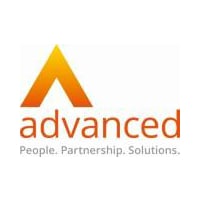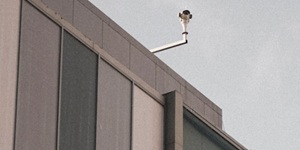 By Legal Futures’ Associate Advanced
By Legal Futures’ Associate Advanced
Three major players in the legal services market have created the first truly automated end-toend digital solution for insurers, solicitors and counsel using Artificial Intelligence (AI).
Keoghs Solicitors, St John’s Buildings barristers’ chambers and Advanced, the legal software specialist, have developed a digital solution using AI which enables Road Traffic Accident (RTA) personal injury cases to be litigated electronically, or identified as requiring a barrister, without the need for human intervention.
The system has been in operation since late 2018 and is delivering a rapid, seamless and cost-saving service for clients.
Keoghs created Lauri, the first AI litigation product, in 2017. Lauri reads unstructured data and pre-loads personal injury cases at Keoghs. The system can achieve a settlement without any human intervention, meaning avoidable litigation cases can be handled in seconds.
Where complexities are identified, Lauri now integrates with Advanced’s MLC barristers case management system and books the case into the MLC diary at St John’s Buildings. It arrives preloaded, ready for attention and allocation to a suitable barrister by a specialist clerk.
Dene Rowe, Innovation Director at Keoghs, commented: “Collaboration has been key to the success of this project. Without all three partners working together, we would not be delivering the sector’s first end-to-end digital solution. We are already seeing impressive results and are passing these savings on to our customers, which in turn is encouraging more insurance firms to engage with us.”
The three partners ran a successful pilot in 2018, testing the product on selected personal injury cases. The approved software has now been adopted and the group are firmly committed to ensuring the software makes its way up the complexity and value chain.
Chris Ronan, Chief Executive Officer at St John’s Buildings, said: “We are firm believers in working collaboratively to fully explore and exploit the use of digital technology across legal services. Our chambers has already made a significant investment in technology to the benefit of our clients, barristers and staff. We look forward to working with our partners to benefit from the possibilities offered at the interface of law and technology.”
The introduction of an automated business process reduces touchpoints, allowing staff to focus on the higher value areas of their roles, such as business development and client care. It removes the importance of office hours and reduces unnecessary human intervention, which increases consistency and accuracy and ultimately provides better outcomes and cost savings for clients.
Doug Hargrove, Managing Director – Legal – at Advanced, concluded: “The legal sector is responding to the need for a digitised future and this industry-first approach to interoperability within the solicitor-barrister process is speeding up the move to digital by default. The unprecedented level of automation is freeing up both lawyers and clerks and delivering significant savings across the legal network. It’s an indication of the areas for growth in the future, all of which are underpinned by innovative and connected technology.”











